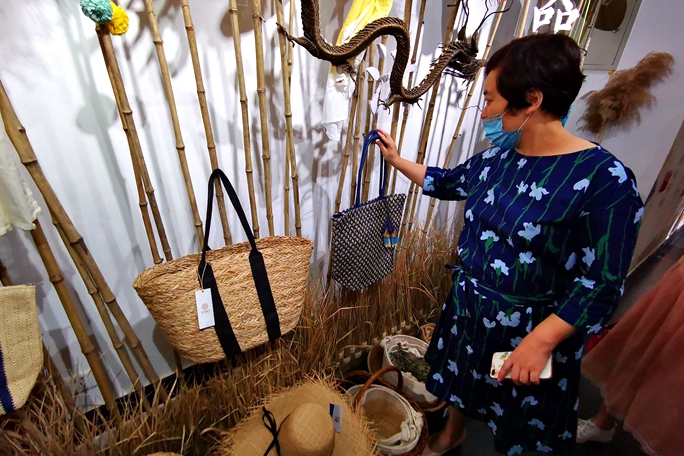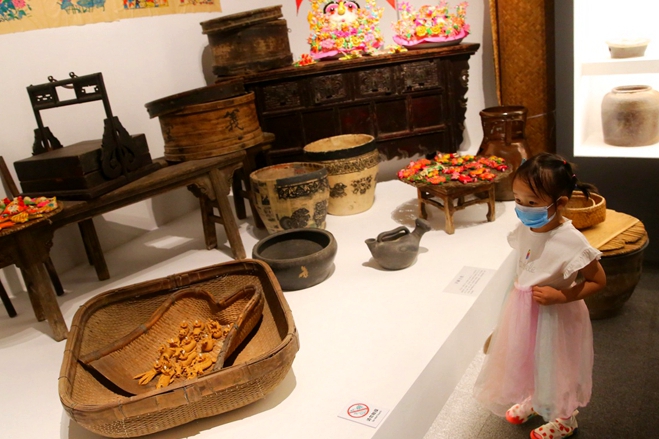Intangible cultural heritages in Auckland to celebrate Chinese New Year
As the most popular annual Chinese Lunar New Year celebration in Auckland, this year's event featured six Chinese intangible cultural heritages including Bohai Mohe silk embroidery and Peking Opera mask painting selected by the cultural departments of Shandong province and Heilongjiang province.
A vivid embroidery portrait of New Zealand Prime Minister Jacinda Ardern presented by Sun Yanling, the fourth-generation inheritor of Bohai Mohe silk embroidery from Northeast China's Heilongjiang province, captivated the fair visitors. This embroidery gift, which took the artist a whole month to complete, conveyed her wish that the friendship between the people of the two countries would last forever.
Sun said the Bohai Mohe silk embroidery has a unique triangular stitch style. This ancient Manchu folk art uses the needle as the brush and creates embroideries as vivid as oil paintings.
What also amazed the visitors was the performance of Peking Opera mask painting by Yan Qun, the inheritor of this cultural heritage from Northeast China’s Heilongjiang province. Surrounded by cheerful visitors, he soon painted several masks of classic figures such as Zhangfei, Dou Erdun and the Monkey King. The moment he put down his brush, many Peaking Opera aficionados just yelled out the names of the mask figures.
You Weiling, the inheritor of the fish skin art from Heze ethnic group in Northeast China's Heilongjiang province, displayed many of her art pieces made of fish skin and scale. By enjoying these exquisite artworks including paintings and traditional ethnic costumes, New Zealanders had a chance to know about the unique fish skin culture of North China’s ethnic groups that have lived by fishing for centuries.
At the fair, a paper-cut of the famous painting Riverside Scene of Qingming Festival, several meters long, arrested the local visitors. This is the representative work of Lin Huaqiang, the inheritor of paper cutting from Linyi city, East China’s Shandong province. Meanwhile, visitors all of ages learned to make paper-cuts from Lin.
Kites of different vivid images and bright colors were also on display at the fair. Designed and made by Yang Hongwei, the third-generation inheritor of Weifang kites from East China’s Shandong province, these kites added color to the New Year celebration in Auckland.
"The reason why we invited the six intangible cultural heritage inheritors to the 2018 Chinese New Year Flower Fair is that we want to take this opportunity to showcase the diversity of Chinese intangible cultural heritages and Chinese folk culture. Also, we want to provide New Zealanders with a more vivid and stereoscopic impression of Chinese New Year customs," Guo Zongguang, director of the China Cultural Center in New Zealand, said at the fair.

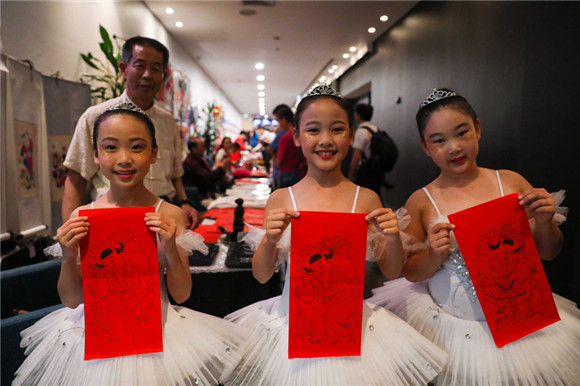
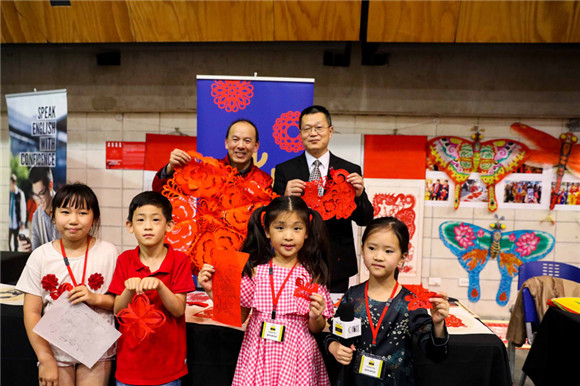
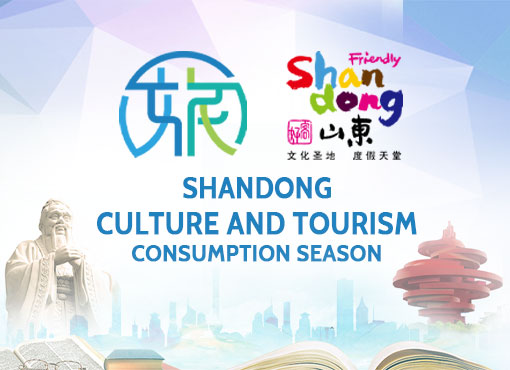 Shandong Culture and Tourism Consumption Season
Shandong Culture and Tourism Consumption Season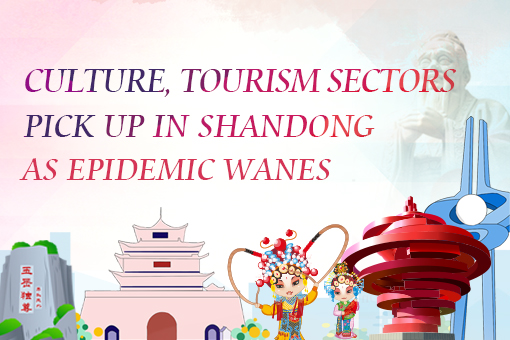 Culture, tourism sectors pick up in Shandong as epidemic wanes
Culture, tourism sectors pick up in Shandong as epidemic wanes